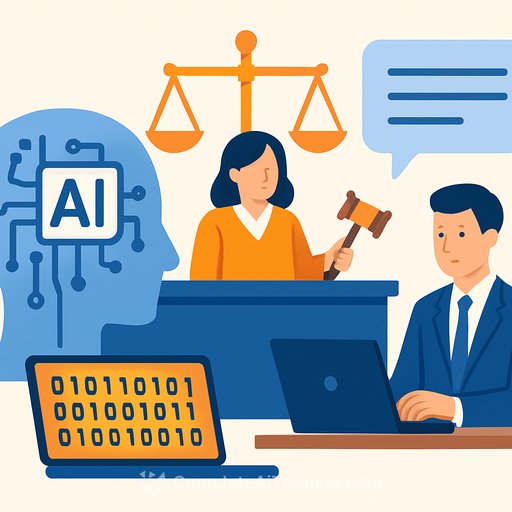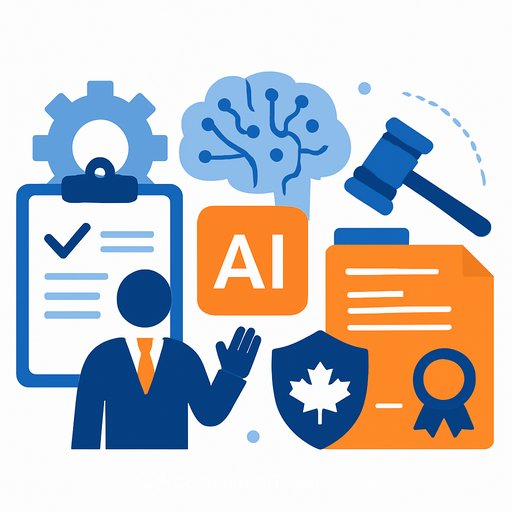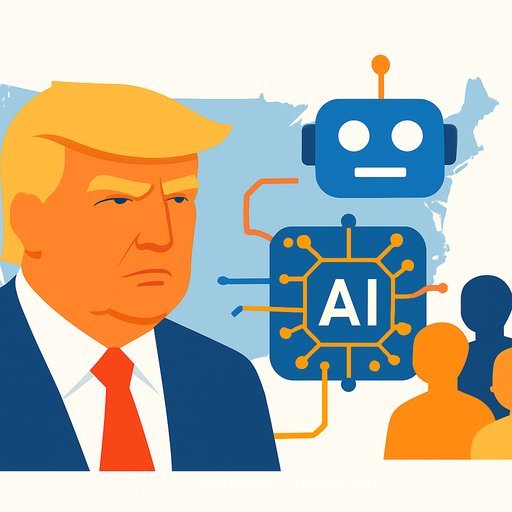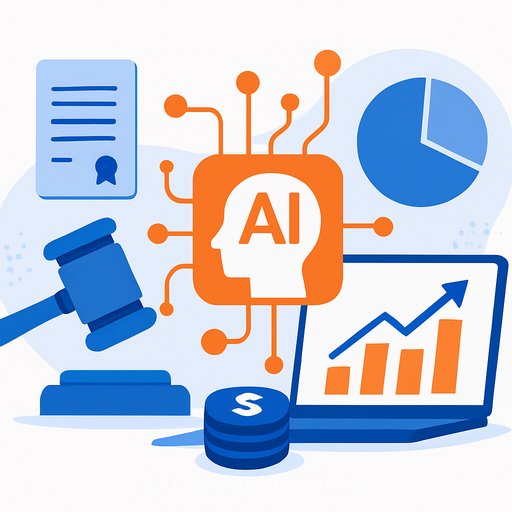Philippine Supreme Court tests AI to speed research, transcription, and case flow
The Supreme Court is midway through its five-year reform plan and is evaluating a partnership with an AI legal research platform, Anycase.ai. A proof-of-concept completed last year is now under review, with the goal of assessing real impact on legal research and court administration.
Forty personnel across Supreme Court offices tested a platform that let them run legal searches in the native language and produced answers with citations. The broader objective goes beyond research: apply AI to HR, finance, security, document analysis, and case management to reduce delays and improve consistency.
What the Chief Justice wants AI to do
Chief Justice Alexander Gesmundo said the potential adoption of Anycase.ai, along with Scriptix for voice-to-text transcription, is meant to speed up case disposition and boost judicial efficiency. This aligns with ongoing modernization inside the courts without changing judicial control over decisions.
Transcription: early numbers look strong
Scriptix was pilot-tested from 2023 to 2024 in the Sandiganbayan and 41 selected first- and second-level courts. Participating courts reported an average 50% cut in transcription time, with some reaching up to 80%.
Accuracy improved with continued use-from about 70% to as high as 90-95%-and the system increasingly handled "Taglish" common in courtrooms. Following procurement approval, the Office of the Court Administrator in June directed court stenographers to use Scriptix for transcription.
AI-assisted research: scope and safeguards
The Anycase.ai evaluation focuses on summarizing jurisprudence, statutes, and related documents while returning grounded citations. The test run with 40 personnel suggests AI can handle query inputs in local language, an important factor for broader adoption across trial courts.
For the bench and bar, the value is speed-getting to the right authorities faster-while keeping human review at the center. Expect emphasis on audit trails, source visibility, and policies for model usage, especially for confidential records.
What's coming next
Apart from AI tools, the high court is building an electronic verification system for court issuances and a Case Records Management System. Together, these efforts point to end-to-end digital process control-filing, transcription, research, orders, and verification.
Practical notes for legal teams
- Anticipate tighter timelines: Faster transcripts and research shorten drafting and hearing prep windows.
- Insist on citations: Treat AI outputs as leads, not conclusions. Verify authorities and final text.
- Update style guides: Set rules for AI-assisted drafting, version control, and disclosure where required.
- Train staff early: Paralegals and stenographers benefit most from workflow-specific guidance and prompts.
- Mind confidentiality: Keep sensitive records within approved systems and log who accessed what, when.
References and useful resources
Learn more about ongoing judiciary modernization from the Supreme Court of the Philippines. Details on voice-to-text capabilities are available from Scriptix.
If you're building internal training for AI in legal workflows, see curated options by role at Complete AI Training - Courses by Job.
Your membership also unlocks:






